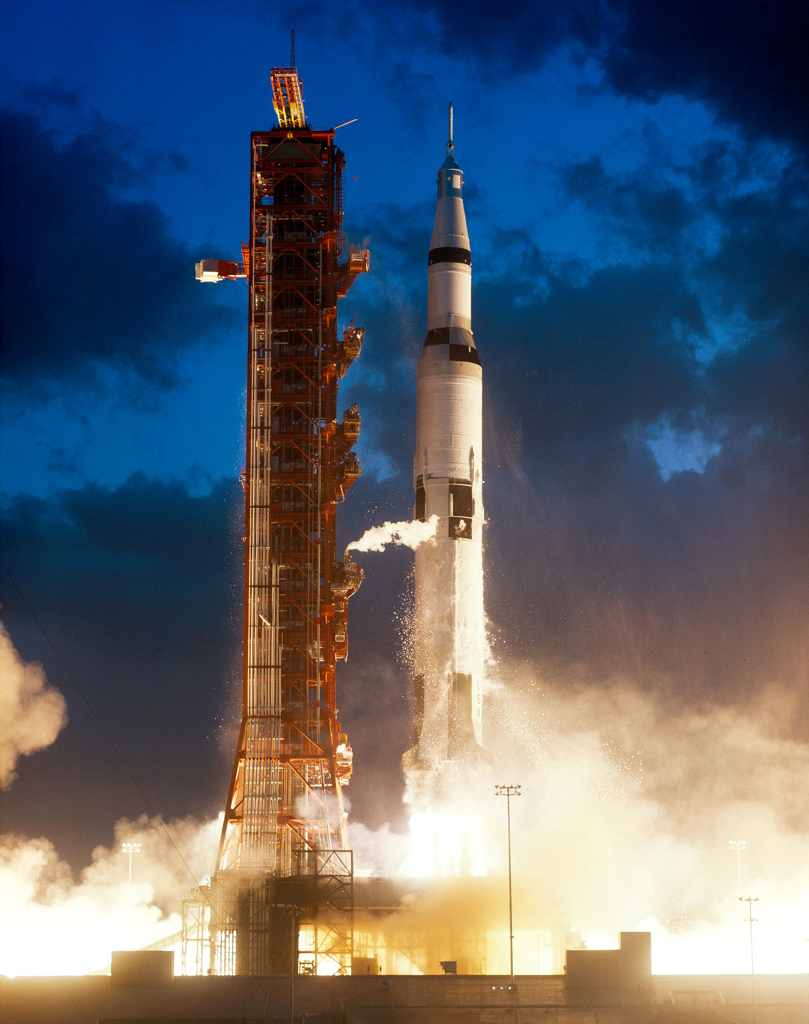This week in 1967, the Apollo 4 mission launched from NASA’s Kennedy Space Center. The mission marked the first launch of the Saturn V rocket. Mission objectives included testing of structural integrity, compatibility of rocket and spacecraft, heat shield and thermal seal integrity, overall reentry operations, launch loads and dynamic characteristics, stage separation, rocket subsystems, the emergency detection system and mission support facilities and operations. All mission objectives were achieved. NASA’s Marshall Space Flight Center designed, developed and managed the production of the Saturn family of rockets that took astronauts to the Moon. Today, Marshall is developing NASA’s Space Launch System, the most powerful rocket ever built, capable of sending astronauts to the Moon, Mars and deeper into space than ever before. The NASA History Program is responsible for generating, disseminating and preserving NASA’s remarkable history and providing a comprehensive understanding of the institutional, cultural, social, political, economic, technological and scientific aspects of NASA’s activities in aeronautics and space. For more pictures like this one and to connect to NASA’s history, visit the Marshall History Program’s webpage. (NASA)
1967年的这个星期,阿波罗4号从美国宇航局的肯尼迪航天中心发射升空。这次任务标志着土星五号火箭的首次发射。任务目标包括结构完整性测试、火箭和航天器的兼容性、热屏蔽和热密封完整性、整体再入操作、发射载荷和动态特性、阶段分离、火箭子系统、紧急探测系统和任务支持设施和操作。所有任务目标均已实现。美国宇航局的马歇尔太空飞行中心设计、开发和管理土星系列火箭的生产,这些火箭将宇航员送上月球。今天,马歇尔正在开发美国国家航空航天局的太空发射系统,这是有史以来最强大的火箭,能够把宇航员送上月球、火星,并比以往任何时候都要深入太空。美国国家航空航天局的历史项目负责产生、传播和保存美国国家航空航天局的非凡历史,并全面了解美国国家航空航天局在航空航天领域活动的体制、文化、社会、政治、经济、技术和科学方面。欲了解更多类似的图片,并与NASA的历史联系起来,请访问马歇尔历史项目的网页。(NASA)







